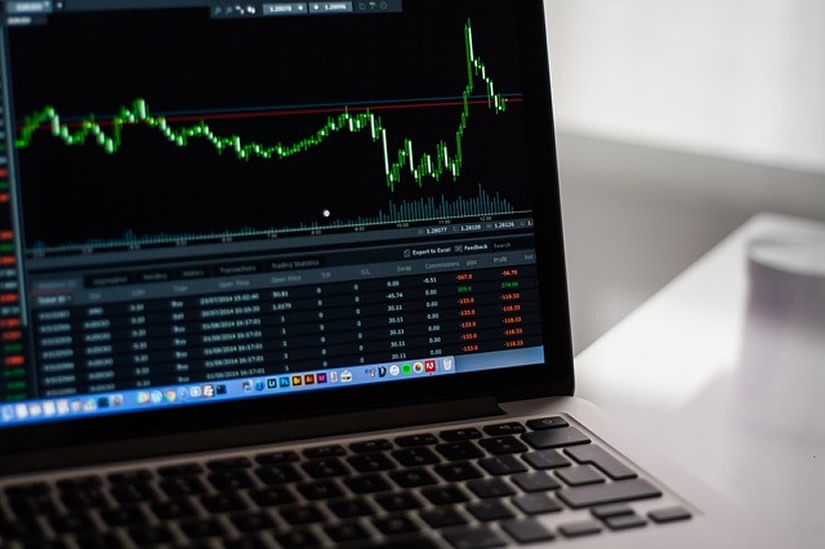By Lukman Otunuga Research Analyst, ForexTime
Is it greater confidence or increased complacency? The Vix – Wall Street’s fabled fear gauge – has fallen to a 12-month low and returned to its long-term average around 20. The index that tracks expected volatility in US equities popped higher at the start of the month, but its retracement coincides with the central focus for investors this week which is the Fed’s policy-setting panel that starts today.
No significant policy changes are expected though Chair Powell faces a delicate balancing act between a rebounding US economy and rising inflation.

Stock markets, meanwhile, continue on their merry way setting more record highs, pumped up by the next round of stimulus cheques.
The Dow registered its 14th record closing high of this year and the S&P500 its 13th of 2021.
While we are on the “stats”, this is the seventh bull market since world war two and as we go into year two of rising prices, it is notable that the previous six bull markets all gained during the second year.
Analysts estimate that US retail investors will buy up to $3billion of US equities on the day that most $1,400 stimulus cheques hit bank accounts this week (which should be either Wednesday or Thursday). This would be the biggest single day of US retail buying on record! If this is coupled with a non-hawkish Fed, then it is a big tailwind for risk – which is what we’re seeing already, make no bones about it.
US Retail Sales not as bad as the headline
US retail sales figures were released at 12.30 GMT (nb an hour earlier than normal owing to the clock change in the US) and these fell more than expected in February. However, January’s stimulus-payment-induced surge was revised even higher plus the awful February storms will have had an outsized negative impact, so it’s tough to draw any conclusions from this one month. Of course, the March numbers will be boosted once more by another stimulus cheque hitting bank accounts, better weather and more reopening with the ongoing relaxation of Covid containment measures.
The greenback has found a bid with the February highs acting as decent support. Interestingly, some Wall Street analysts are now singing the praises of king dollar.
Last week’s highs at 92.50 are the first target for bulls before the 200-day moving average looms above around 92.73.

Watch volatility in USD/JPY
USD/JPY and the JPY crosses have been battered recently due to the weakness of the yen. The king of low yielders, JPY has been driven by the rise in global bonds yields elsewhere across the globe. (What will Jay Powell have to say about this?) The market believes the Bank of Japan is in no mood to allow domestic yields to rise any time soon with the conclusions of a policy review revealed at its meeting on Friday morning.
The weekly RSI shows USD/JPY now overbought and touching 70. The last time this happened was in December 2016 when the pair was up near 118, before it tumbled nearly JPY10 within a few months!
The daily chart also shows an RSI close to 80 and trading outside the Keltner channels to the upside. Where’s support we hear everyone cry, if this overbought situation unwinds? This month’s lows around 108.30/40 are key.

Disclaimer: The content in this article comprises personal opinions and should not be construed as containing personal and/or other investment advice and/or an offer of and/or solicitation for any transactions in financial instruments and/or a guarantee and/or prediction of future performance. ForexTime (FXTM), its affiliates, agents, directors, officers or employees do not guarantee the accuracy, validity, timeliness or completeness, of any information or data made available and assume no liability as to any loss arising from any investment based on the same.
 Article by ForexTime
Article by ForexTime
ForexTime Ltd (FXTM) is an award winning international online forex broker regulated by CySEC 185/12 www.forextime.com


